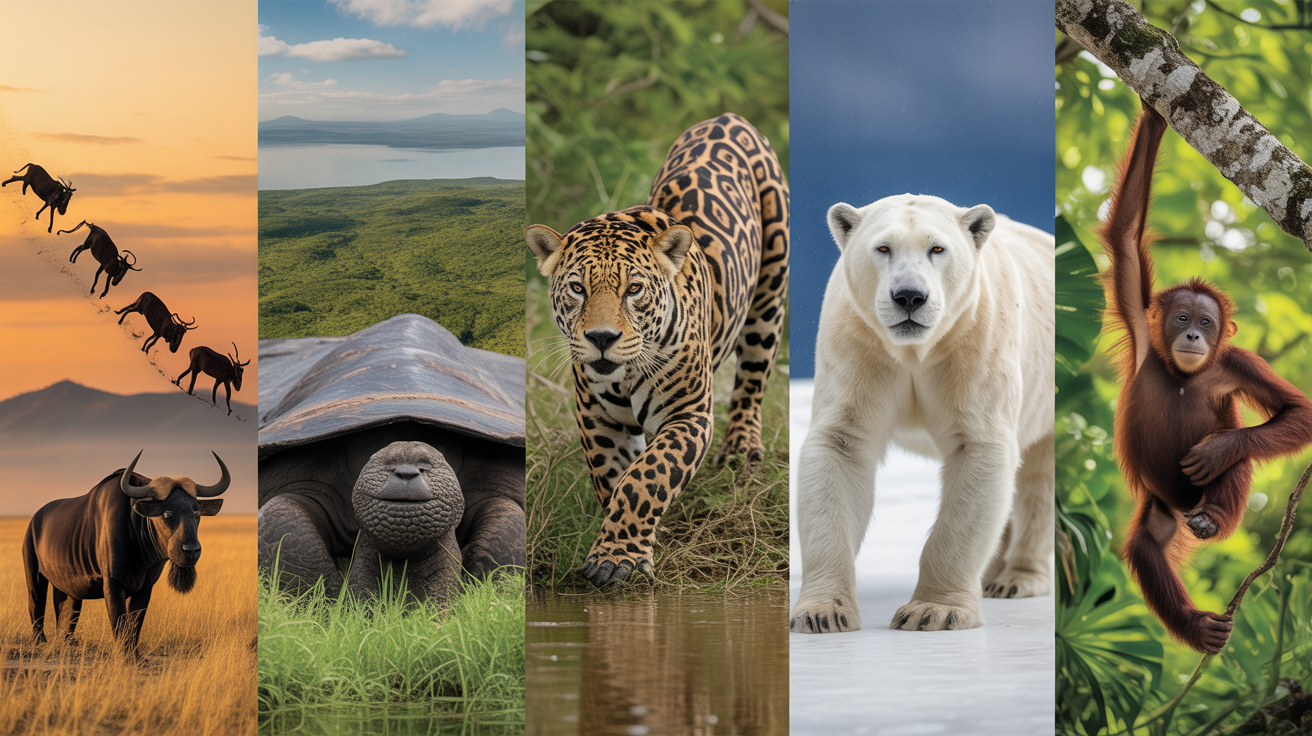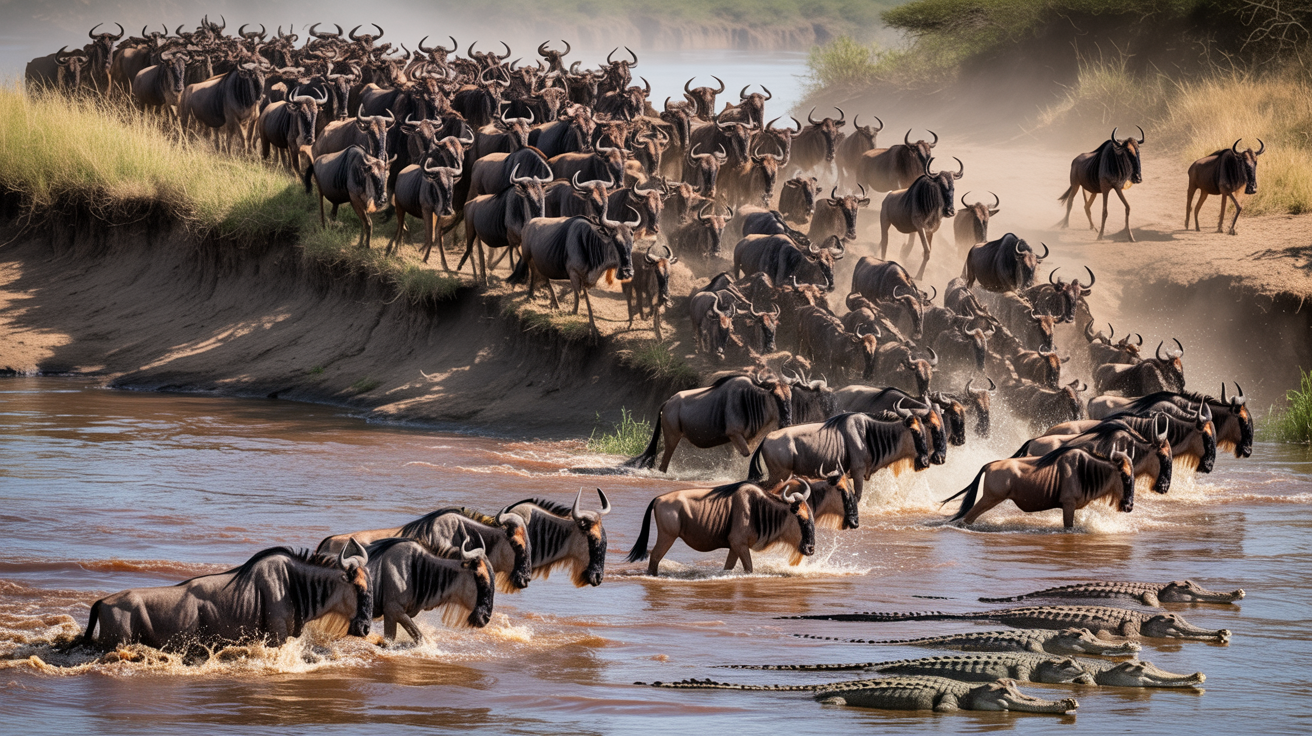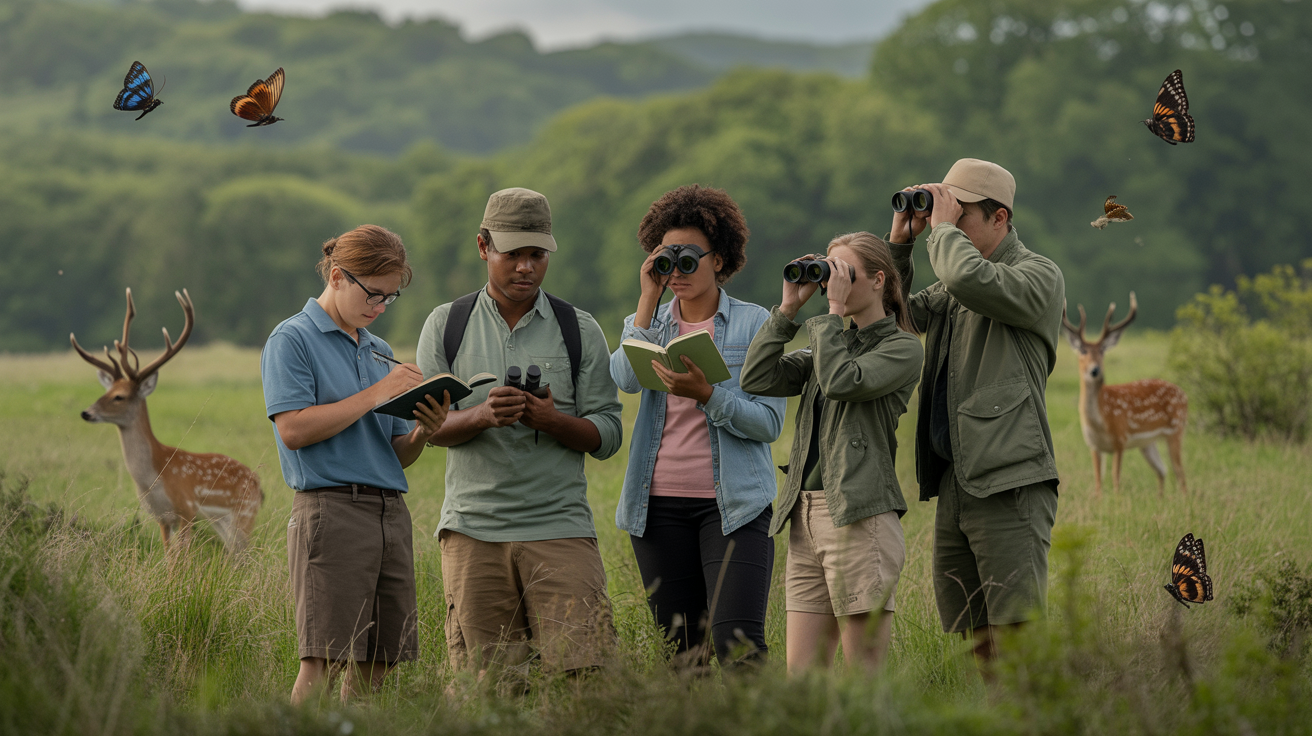Into the Wild: 5 Expert-Recommended Destinations for Unforgettable Animal Encounters
For wildlife enthusiasts, few experiences compare to observing animals thriving in their natural environments. Whether you dream of seeing elephants roam the savanna or witnessing penguins waddle across icy shores, certain destinations stand out as must-visits for unforgettable animal encounters. At Animal Atlas, our wildlife experts have curated five destinations that offer both awe-inspiring sights and crucial lessons in conservation.
1. Serengeti National Park, Tanzania: The Heart of the Great Migration
The Serengeti is synonymous with the wild African savanna. Covering nearly 15,000 square kilometers, this UNESCO World Heritage site is home to one of the oldest and most spectacular ecosystems on Earth. Each year, more than 1.5 million wildebeest, alongside zebras and gazelles, embark on a dramatic 1,000-kilometer migration in search of fresh grazing grounds. This breathtaking natural event is often dubbed the “Greatest Show on Earth.”
- Notable Encounters: Lions, elephants, cheetahs, hyenas, and over 500 bird species.
- Conservation Note: The Serengeti’s protected status is crucial for preserving migratory routes and supporting large predator populations.
“The Serengeti is the best place in the world to witness predator-prey dynamics and the scale of untouched wilderness.” – Wildlife Biologist Dr. Jane Mwangi
2. Galápagos Islands, Ecuador: Evolution’s Living Laboratory
Famed for inspiring Charles Darwin’s theory of evolution, the Galápagos Islands are a haven for unique wildlife found nowhere else on Earth. The islands’ isolation has led to remarkable endemism—over 80% of land birds and 97% of reptiles and land mammals are exclusive to the archipelago.
- Notable Encounters: Giant tortoises, marine iguanas, blue-footed boobies, Galápagos penguins, and flightless cormorants.
- Conservation Note: Strict regulations protect fragile ecosystems, and ecotourism supports ongoing research and conservation efforts.
Did you know? The Galápagos giant tortoise can live for over 100 years and weigh up to 417 kg (919 lbs)!
3. Pantanal, Brazil: South America’s Wildlife Wonderland
The Pantanal is the world’s largest tropical wetland, spanning over 195,000 square kilometers across Brazil, Bolivia, and Paraguay. Its open landscapes and seasonal flooding create the perfect stage for wildlife viewing, often considered even better than the Amazon for spotting elusive animals.
- Notable Encounters: Jaguars, giant river otters, capybaras, hyacinth macaws, and caimans.
- Conservation Note: The Pantanal faces threats from agriculture and development. Conservation organizations work with local ranchers to promote sustainable practices.
Fun fact: The Pantanal boasts the highest density of jaguars in the world. Spotting these elusive cats hunting along riverbanks is a highlight for many visitors.
4. Churchill, Canada: Polar Bear Capital of the World
Every autumn, as Hudson Bay freezes, hundreds of polar bears gather near the small town of Churchill, Manitoba, waiting for the ice to form. This unique congregation offers one of the best opportunities to observe polar bears in their natural habitat as they prepare for the seal-hunting season.
- Notable Encounters: Polar bears, beluga whales (in summer), arctic foxes, and snowy owls.
- Conservation Note: Polar bears are classified as vulnerable, facing threats from climate change and melting sea ice. Responsible tourism helps fund vital research and local conservation initiatives.
“Witnessing polar bears in Churchill is a stark reminder of the urgent need to combat climate change for the survival of Arctic wildlife.” – Arctic Ecologist Dr. Sophie Tremblay
5. Borneo, Malaysia & Indonesia: Rainforest Realm of the Orangutan
Borneo’s lush rainforests are among the oldest on the planet—over 130 million years old. This biodiversity hotspot is one of the only places where wild orangutans still swing through the treetops. The island is also home to pygmy elephants, proboscis monkeys, and clouded leopards.
- Notable Encounters: Orangutans, sun bears, hornbills, and flying lemurs.
- Conservation Note: Deforestation for palm oil threatens Borneo’s wildlife. Visiting eco-certified sanctuaries and supporting sustainable tourism can make a positive impact.
Did you know? Orangutans share around 97% of their DNA with humans and are among the most intelligent primates, using tools and building elaborate nests daily.
Tips for Responsible Wildlife Encounters
- Always choose ethical, eco-friendly tours that prioritize animal welfare and habitat preservation.
- Maintain a respectful distance from wildlife; never feed or attempt to touch animals.
- Support local conservation initiatives and educate yourself about the region’s ecological challenges.
Why Responsible Travel Matters
These destinations offer more than just incredible wildlife viewing—they are vital frontlines in the global effort to conserve biodiversity. By traveling responsibly and supporting conservation-based tourism, you help protect endangered species and their habitats for generations to come. Every encounter is not only a memory but also a step toward a more sustainable future for wildlife worldwide.
Plan Your Wild Adventure
Ready to journey into the wild? Whether you seek the thunder of hooves across the Serengeti or the quiet magic of an orangutan encounter in Borneo, these expert-recommended destinations promise adventure, education, and inspiration. Explore, learn, and help protect our planet’s extraordinary animal life with Animal Atlas as your guide.



